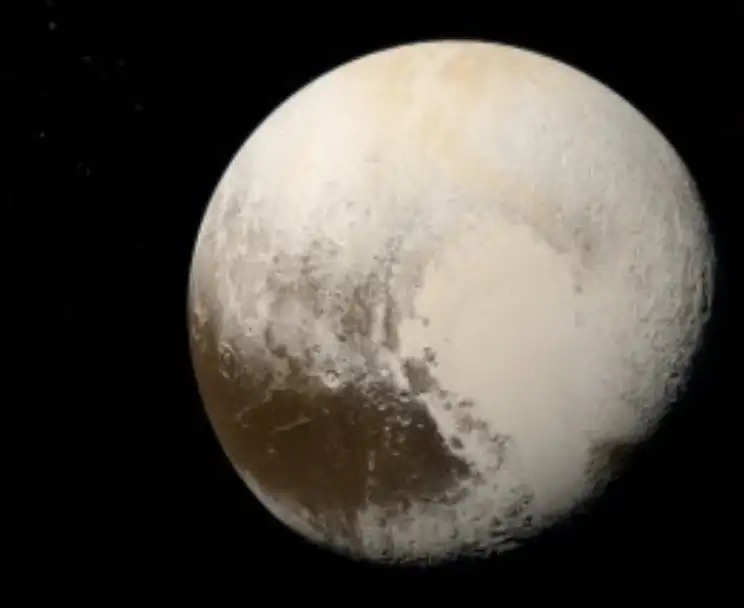Today, according to the International Astronomical Union (IAU), our solar system officially has eight planets: Mercury, Venus, Earth, Mars, Jupiter, Saturn, Uranus and Neptune. But between 1930 to 2006, it had nine. No, a planet did not simply disappear. Rather, scientists took away the planetary status from the ninth, most distant planet from the sun.
Such is the story of Pluto. Long thought to be the ninth, smallest and outermost planet in our solar system, today it has been relegated to the status of a dwarf planet, much to the chagrin of a small section of astronomers. We briefly trace the journey of Pluto, from the day of its discovery on February 18, 1930, to today, when we have a better understanding of the planet than ever before.
On this day, March 13, 1930, Pluto was officially discovered by American astronomer Clyde Tombaugh at the Lowell Observatory in Flagstaff, Arizona. The discovery sparked excitement as Pluto was initially celebrated as the ninth planet of the Solar System. However, Pluto’s status as a planet would later become one of the most controversial topics in astronomy.
Discovery and Naming of Pluto
In the early 20th century, astronomers were searching for a mysterious "Planet X" beyond Neptune, believed to be affecting the orbits of Uranus and Neptune.
Clyde Tombaugh, using a technique called "blink comparison," identified a moving object in the sky on February 18, 1930, which was later confirmed and announced on March 13, 1930.
The name Pluto was suggested by Venetia Burney, an 11-year-old British girl, and was chosen partly because the first two letters honored Percival Lowell, the astronomer who had theorized the existence of a ninth planet.
The Rise and Fall of Pluto’s Planet Status
For more than 75 years, Pluto was widely recognized as the ninth planet in the Solar System. However, by the late 20th century, astronomers began discovering other celestial bodies in the Kuiper Belt, some similar in size or even larger than Pluto.
The turning point came in 2006, when the International Astronomical Union (IAU) redefined what constitutes a planet. According to the new definition, a planet must:
1. Orbit the Sun.
2. Have sufficient mass to be nearly round.
3. Clear its orbit of other debris. (This was the criterion Pluto failed to meet.)
Since Pluto shares its orbit with many other objects in the Kuiper Belt, the IAU reclassified it as a "dwarf planet." This decision led to significant debate among scientists and the public, with many Pluto supporters arguing for its reinstatement as a planet.
Ongoing Debate and Pluto’s Legacy
The New Horizons spacecraft, launched in 2006, provided breathtaking images of Pluto in 2015, revealing a complex world with glaciers, mountains, and an atmosphere—leading some to argue that Pluto is still a dynamic and active planet.
Some astronomers, including NASA scientists, continue to push for Pluto to regain its planetary status.
Meanwhile, Pluto remains one of the most fascinating celestial bodies, offering insight into the outer reaches of our Solar System.
Though Pluto is no longer classified as a full-fledged planet, its discovery remains one of the greatest achievements in astronomical history, continuing to captivate scientists and space enthusiasts worldwide.

